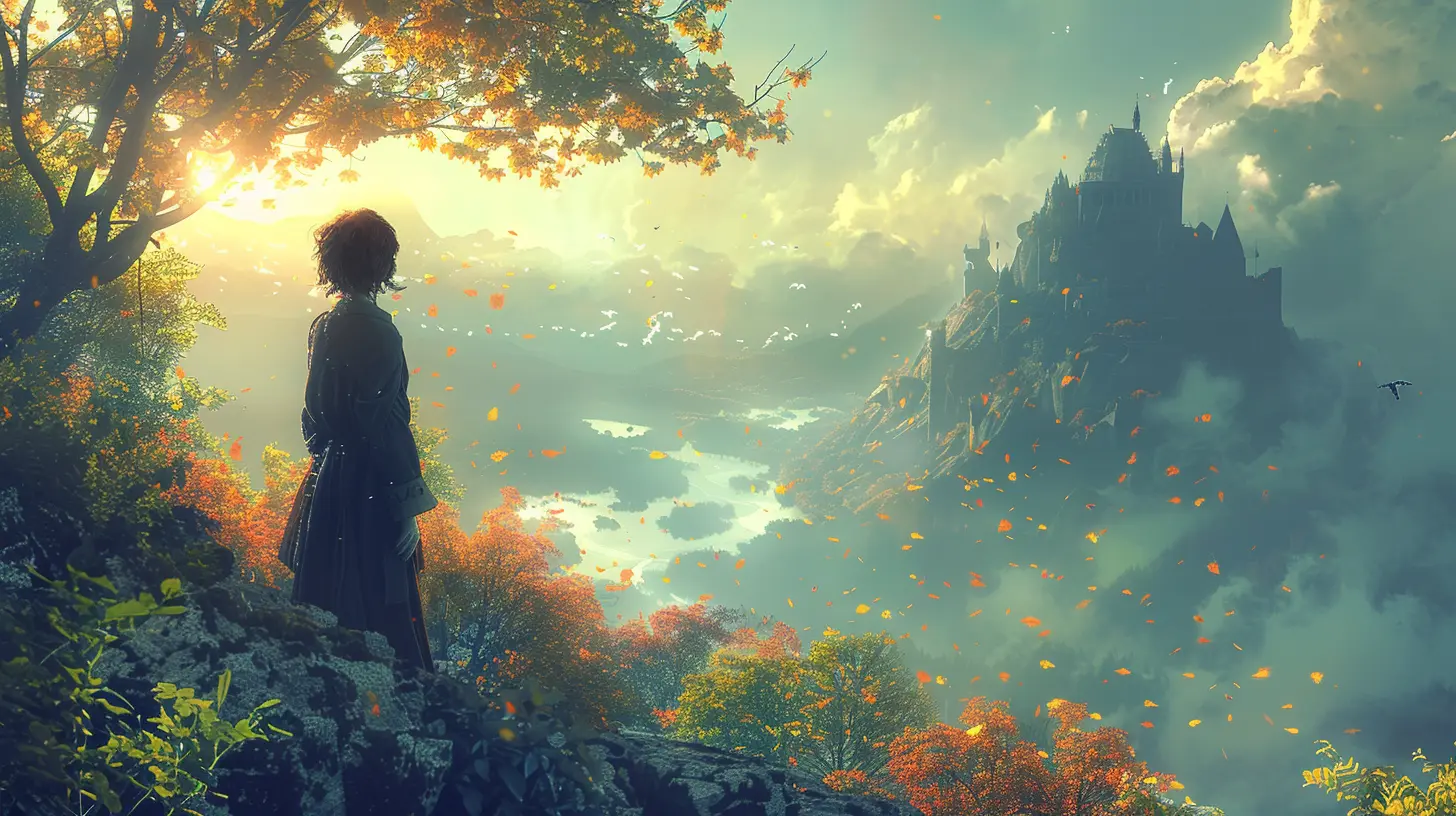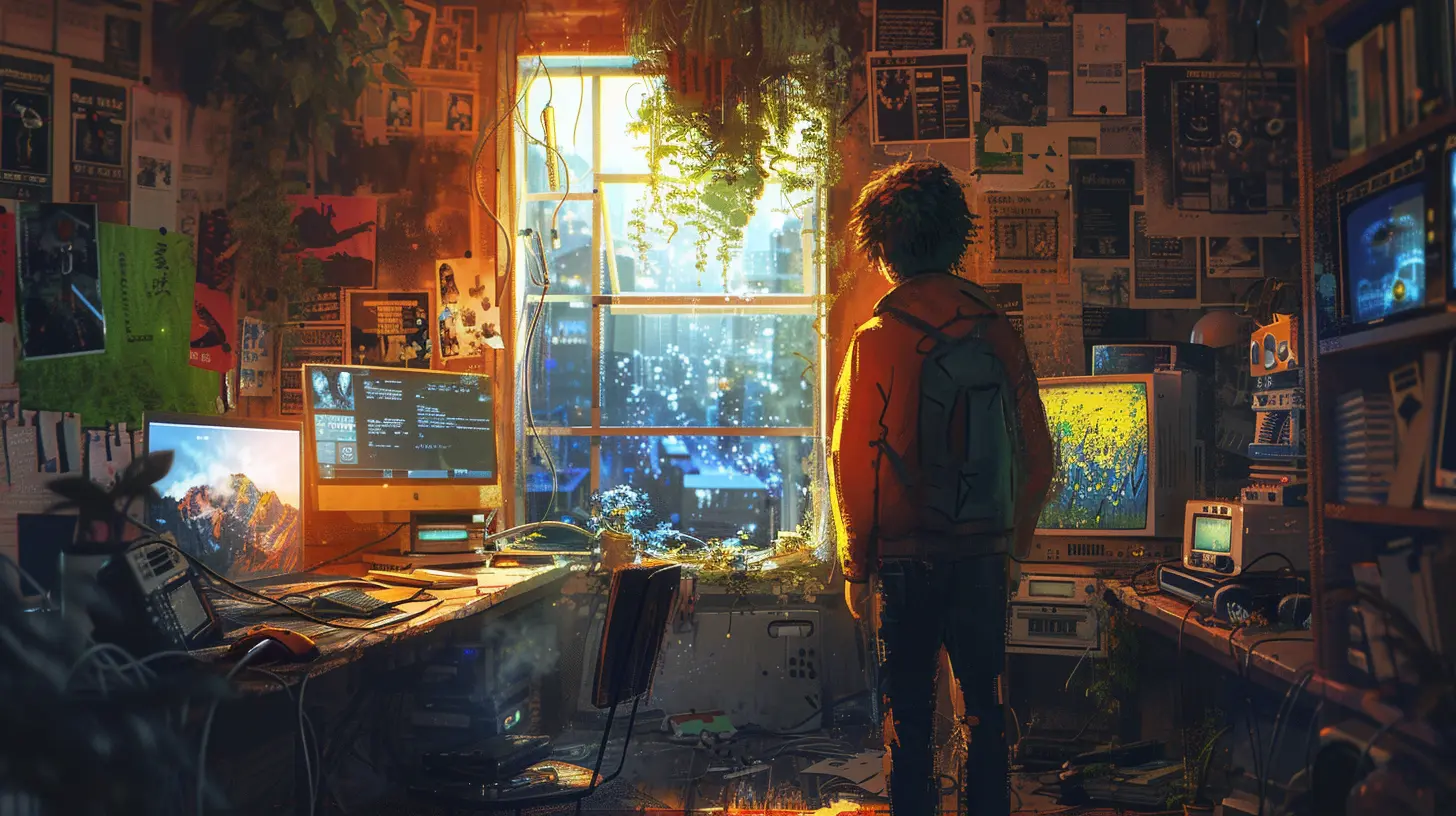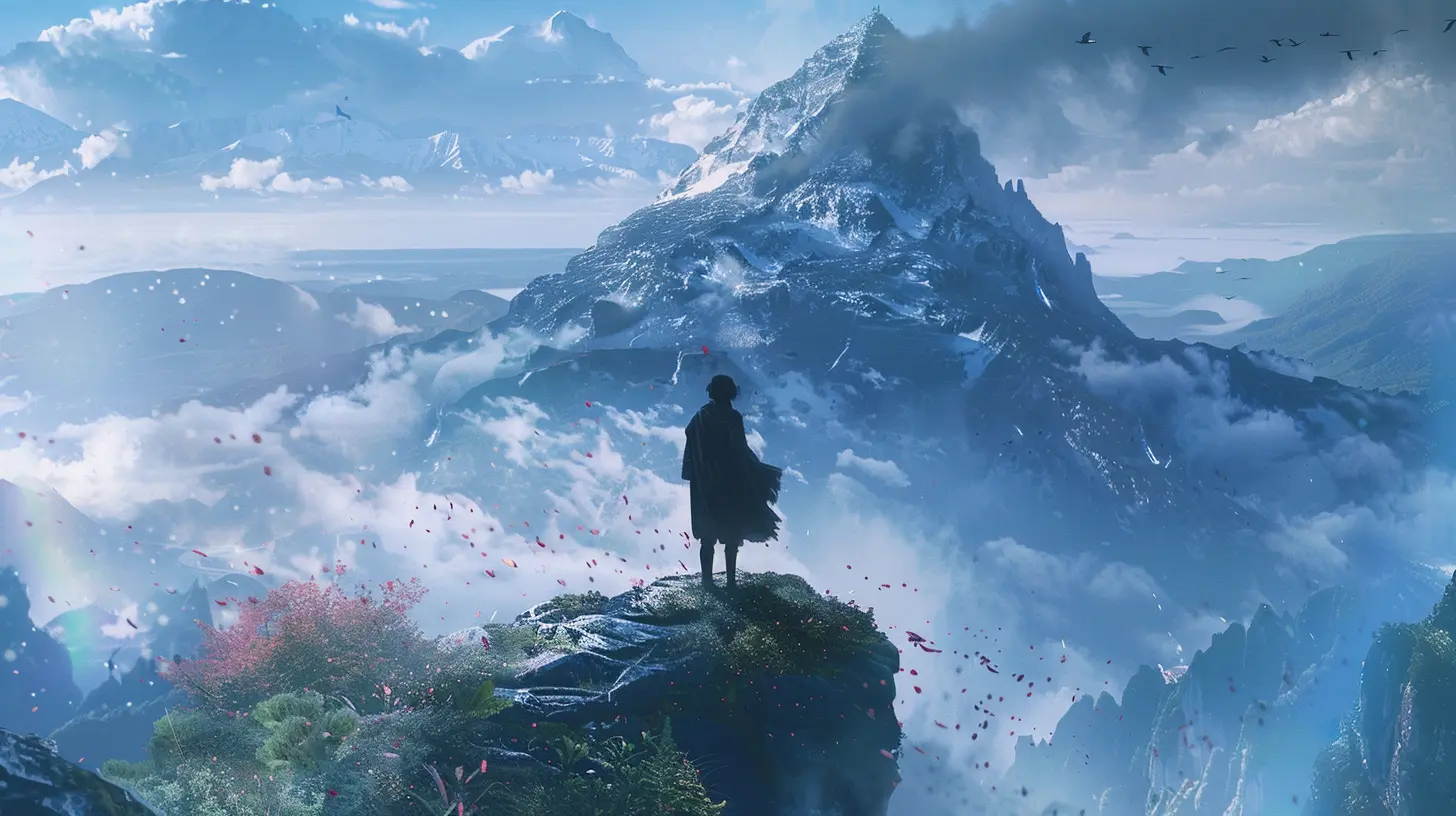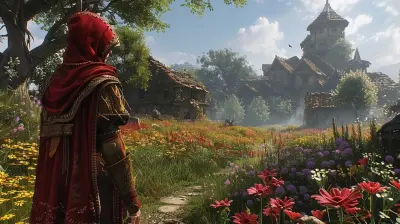Why Indie Games are Leading the Way in Emotional Storytelling
20 September 2025
If there’s one corner of the gaming world that has quietly been making big waves over the past decade, it’s indie games. While blockbuster AAA titles often grab headlines with their jaw-dropping graphics, massive budgets, and expansive worlds, indie games have carved out a space where raw, emotional storytelling takes center stage.
But why exactly are indie games so good at tugging at our heartstrings? What is it about these smaller, often low-budget titles that allow them to stand toe-to-toe with some of the biggest players in the gaming industry when it comes to narrative depth? Well, grab a seat and settle in — we’re about to dive headfirst into why indie games are leading the way in emotional storytelling.
Indie Games: The Underdogs With Creative Freedom
When you think of indie games, words like “passion project” and “innovation” probably spring to mind. And for good reason. Indie developers usually don’t have massive publishers breathing down their necks demanding a profitable formula. They don’t have to cater to market trends, worry about microtransactions, or fit into a one-size-fits-all mold.This creative freedom is like giving an artist a blank canvas and saying, “Go wild.” Developers can tell stories that are deeply personal, unconventional, or even odd. They’re not afraid to take risks. Think about it: Can you imagine a major AAA game pitching something like Celeste — a game about battling metaphorical and literal mountains while tackling mental health issues? Big publishers might scoff at this, but indie developers can embrace it wholeheartedly.
By stripping away the pressures of mainstream appeal, indie games create space for stories and experiences that are raw, authentic, and profoundly human. 
Small Budgets, Big Hearts
You’d think a smaller budget would be a disadvantage, right? Well, not necessarily. While AAA games lean into cinematic cutscenes, photorealistic graphics, and bombastic action sequences, indie games often turn their "limitations" into strengths.Instead of relying on flashy visuals, indie developers focus squarely on the core of what makes a story impactful — the human connection. The narrative becomes the center stage, and every gameplay mechanic, every dialogue choice, and every pixel serves that story.
Take Undertale, for example. It’s a game with pixel art that wouldn’t look out of place in the 90s, yet its storytelling captured the hearts of millions. Why? Because it’s packed with humor, heartbreak, and moments that unapologetically make you question your own choices. All of this was achieved on a shoestring budget by one person, Toby Fox. 
Tackling Themes That Hit Close to Home
Another reason indie games stand out is their ability to explore topics that most AAA games shy away from. Depression, grief, identity, love, loss, mental illness — indie games aren’t afraid to go there.For instance, Spiritfarer managed to turn the concept of death into something beautiful and heartwarming. You play as Stella, a ferrymaster who helps spirits move on to the afterlife. It’s one of those rare games that wraps you up in a warm hug while simultaneously breaking your heart.
AAA games, on the other hand, often prioritize mass appeal. They tend to shy away from niche, uncomfortable, or deeply introspective themes because, frankly, it’s harder to sell a game about death or mental health struggles to millions of people. Indie developers? They’re more than willing to dig into these emotional trenches. 
Player Agency: Making You a Part of the Story
One of the most significant advantages indie games have is their ability to give players more control over the story. This isn’t about tacking on a “choose your own adventure” mechanic for the sake of it. It’s about truly making you feel responsible for what happens next.Take Life is Strange, for example. The choices you make in this episodic adventure game shape the trajectory of the story in ways that can leave you lying awake at night. Do you save one person at the expense of others? Do you mend broken friendships or let them drift apart? These aren’t just decisions — they feel like your decisions. And the emotional weight? Oh, it’s heavy.
Indie games often focus on smaller casts of characters, which means you get to know them on a deeper level. When things go sideways, it feels personal. You’re no longer just a player holding a controller — you’re part of the narrative, and that connection makes the emotional beats hit so much harder.
The Power of Minimalism
Sometimes less is more, and indie games understand this better than anyone. While blockbuster games might shower you with extravagant set pieces, indie games often thrive in quiet moments. They understand that silence can say more than a thousand words.Think of Journey. It’s a game without dialogue. No exposition dumps. Just you, a mysterious traveler, and the open desert. Yet, by the time you reach the end, you might find yourself wiping away tears. The simplicity allows players to project their interpretations and feelings onto the game, making the experience deeply personal and unforgettable.
It’s like a good poem — it doesn’t spell everything out for you. It leaves gaps, and in those gaps, your emotions take flight.
Building Communities Through Shared Emotions
Indie games have this incredible knack for creating strong, lasting communities. Why? Because they make you feel something, and when you feel something deeply, you want to share it.Fans of games like Hollow Knight or Celeste don’t just walk away after the credits roll. They flock to forums, create fan art, write impassioned blog posts, and even start discussions on the themes and emotions these games evoke. These shared experiences build a sense of community that’s hard to replicate with larger, more impersonal titles.
It’s like when you hear a song that makes you cry, and you immediately want to tell a friend, “You have to listen to this.” Indie games are like that — they linger with you, and you can’t help but want to share the magic.
The Future of Emotional Storytelling: It’s Indie All the Way
With advancements in technology, you’d think AAA games would have the upper hand in storytelling. But the truth is, the heart of emotional storytelling doesn’t lie in lifelike graphics or blockbuster budgets. It lies in the willingness to take risks, explore uncharted emotional territory, and craft something from the heart.Indie games continue to push the boundaries of how stories are told in gaming. From minimalist masterpieces to deeply personal journeys, they remind us that games can be so much more than just entertainment. They can move us, challenge us, and, most importantly, connect us to our own humanity.
So, the next time you’re scrolling through your game library, why not take a chance on an indie gem? You might just find yourself laughing, crying, and thinking about it long after the credits roll.
Final Thoughts
Indie games have proven time and time again that emotional storytelling doesn’t need a big budget — it just needs a big heart. They’re the underdogs of the gaming world, but their impact is undeniable. With their ability to take risks, tackle raw themes, and connect with players on a deeply personal level, they’ve set a new standard for what storytelling in games can achieve.And honestly? I’m here for it.
all images in this post were generated using AI tools
Category:
Indie GamesAuthor:

Tina Fisher
Discussion
rate this article
1 comments
Jonah Blevins
Indie games resonate deeply with players, showcasing raw creativity and personal experiences. Their unique storytelling often evokes emotions that resonate more than mainstream titles.
September 20, 2025 at 3:32 AM

Tina Fisher
Absolutely! Indie games often tap into personal narratives and innovative storytelling, allowing for a deeper emotional connection that many mainstream titles may overlook.


